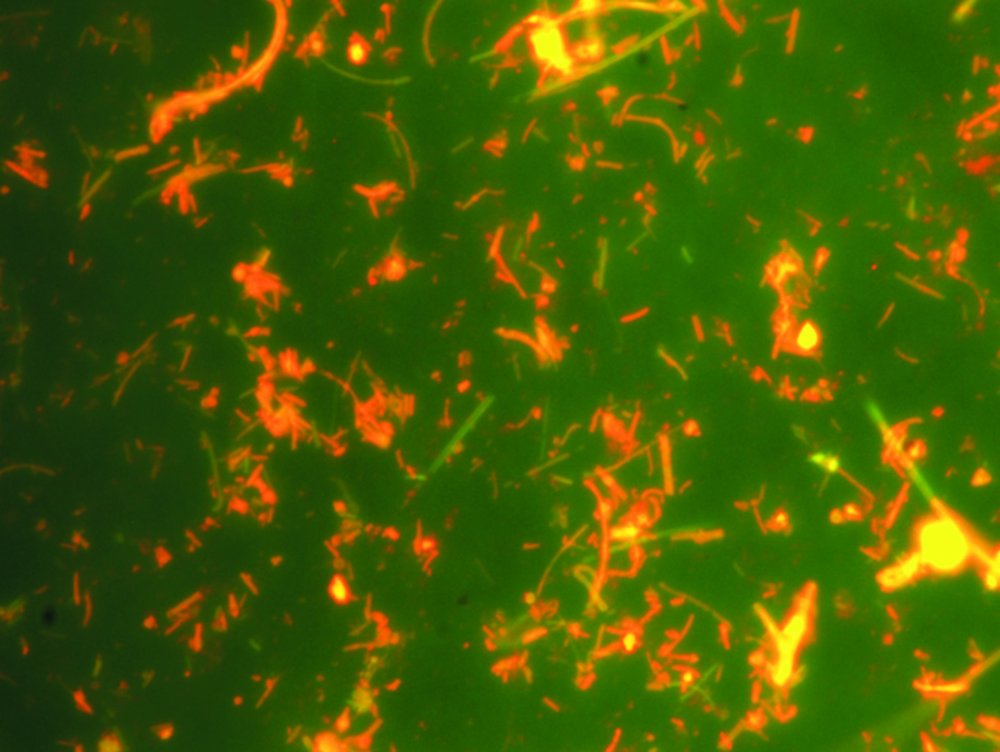Environmental hygiene - Identifying and limiting invisible risks
Alongside visible living organisms (humans, animals, plants), there is an incompletely registered diversity of microorganisms, which only become visible when viewed through light or electron microscopes.
These are bacteria, fungi, viruses, microalgae and animal microorganisms, which are present in almost all areas of the environment, in large numbers and diversity. Although several million species of these microorganisms have been discovered to date, only a few thousand species are pathogens for humans, domestic animals and useful plants (crops). Most of the microorganisms fulfil important ecological functions in the ecosystem and they help humans with important environmental protection tasks (e.g. cleaning contaminated water, soil and air; biowaste treatment).
Despite diverse defence mechanisms, the small share of pathogens causes considerable damage:
In Germany, the statutory health insurance spent around 39 billion euros on medicinal products in 2018. Around 25 – 30 % of the human medicine diagnoses and treatments in Germany were to defend against infectious diseases. Around EUR 813 million was spent on animal medicinal products in Germany in 2018, to maintain animal health. 35 % of the animal medicinal product costs were used to control infections and parasite infestations. The plant protection market in 2018 was worth EUR 1.3 billion; 38 % of the around 35,000 Mg biocatalysts used were to reduce the effects of fungal diseases.
Infected humans, animals and plants are the most important source for pathogens. Therefore handling waste, excretions and gaseous emissions produced by them requires particular hygiene precautions. This is particularly applicable if they are input into material cycles, as is the case in wastewater treatment and the recycling of municipal waste and residual agricultural materials. Technical processes and products can also be impaired by unwanted colonisation with microorganisms. This includes the formation of unwanted biofilms and odours, the release of bioaerosols and the irreparable damage of materials.
We help clients to identify unwanted biofilms, pathogens and relevant toxins and allergens as well as with the testing and assessment of innovative defensive measures.
